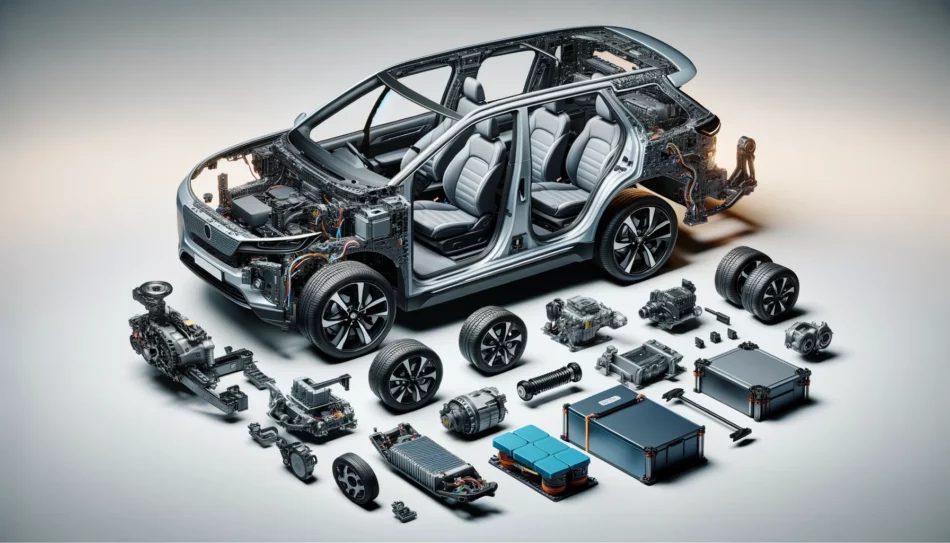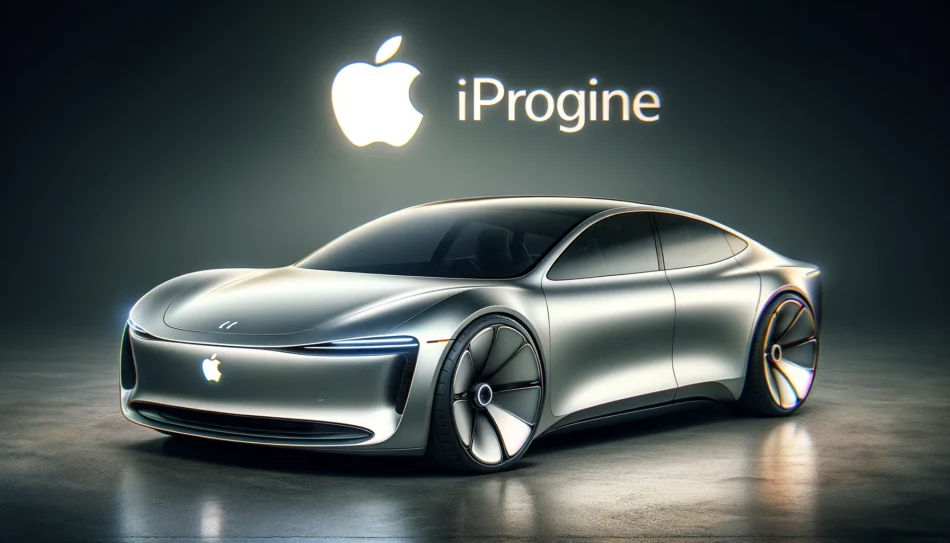Electic vehilcles are sometimes otherwordly silent.
That silence is not what humans have been accustomed to hearing from from our horseless carriages – that’s why they still seem mysterious even after more than a decade of popularity.
Electric vehicles (EVs) and internal combustion engine (ICE) vehicles represent two fundamentally different approaches to automotive technology, with these differences extending deeply into their mechanical complexities, particularly in terms of moving parts.
Are EVs really simpler than gasoline powered cars?
An electric vehicle operates on a simpler mechanism that primarily involves using electric motors to convert electrical energy from batteries into mechanical energy. This simplicity results in a significantly reduced number of moving parts compared to its ICE counterparts.
On average, an EV might have fewer than 20 moving parts within its electric motor and drivetrain system. This starkly contrasts with the complexity of ICE vehicles, which can contain upwards of 2,000 moving parts, including components like pistons, camshafts, valves, and crankshafts.
Will owning an EV be cheaper to maintain?
The disparity in the number of moving parts between EVs and ICE vehicles has profound implications for both maintenance and reliability. The intricate maze of components in an ICE vehicle not only adds to its weight and reduces energy efficiency but also increases the potential for wear and tear over time.
Each moving part is a potential point of failure, requiring regular maintenance to replace or repair worn-out components, such as timing belts, oil filters, and spark plugs.
In contrast, the streamlined architecture of electric vehicles minimizes mechanical wear and prolongs vehicle lifespan. EVs bypass the need for many traditional maintenance tasks, offering a more reliable and lower-cost ownership experience over the vehicle’s life.
Driver experience in EVs versus ICE vehicle
The reduced number of moving parts in EVs contributes to better energy efficiency and performance. Electric motors can deliver power directly to the wheels with minimal energy loss, providing instant torque and faster acceleration compared to ICE vehicles.
This efficiency not only enhances the driving experience but also extends the range of electric vehicles, making them increasingly viable for a broader array of driving needs. The direct and efficient transfer of energy in EVs showcases how fewer moving parts can lead to superior performance metrics, challenging the traditional dominance of ICE vehicles in terms of speed and power.
Conclusion: Where do we go from her
The transition from ICE vehicles to EVs represents a significant shift in automotive design philosophy, emphasizing simplicity, efficiency, and sustainability. While ICE vehicles have been refined over more than a century to optimize performance and reduce inefficiencies, the inherent complexity of their design limits potential improvements.
Electric vehicles, with their minimal moving parts, offer a compelling alternative that promises not only to reduce the environmental impact of transportation but also to redefine what consumers can expect from their vehicles in terms of maintenance, reliability, and performance.
As technology advances and battery technologies improve, the gap in advantages between EVs and ICE vehicles is set to widen further, marking a pivotal shift in the automotive industry’s future.



